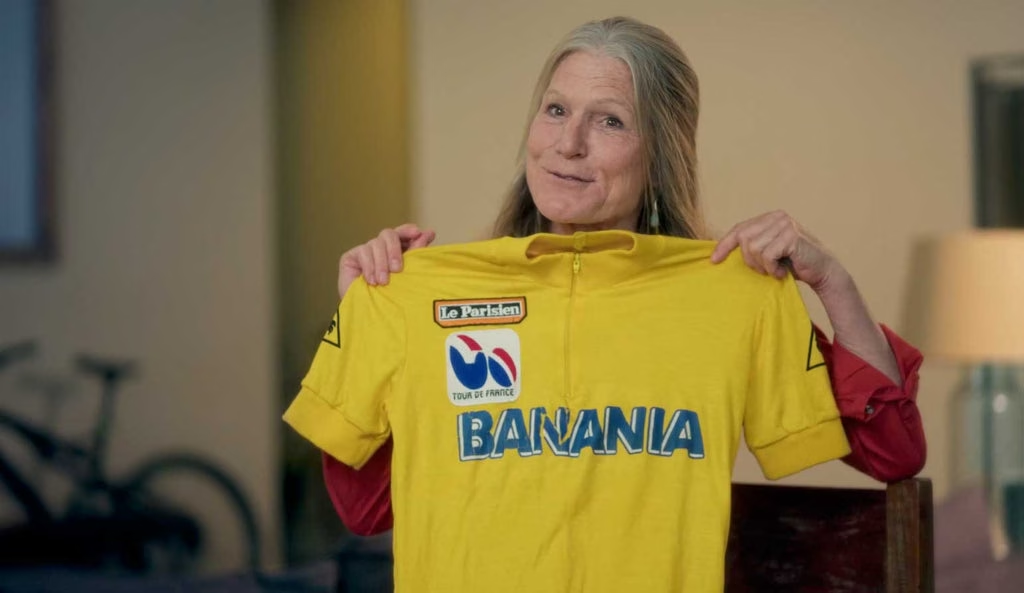This article was originally published in Rouleur magazine, Issue 137
The story of the women’s Tour de France is one with a happy ending. From the perspective of 2025, the latest and hopefully permanent iteration of the event is the fourth since the Tour de France Femmes avec Zwift was inaugurated in 2022; not only that, but the cycling world is still buzzing from the final-day drama of the 2024 race, which was the closest ever finish in a Grand Tour, and a three-way cliffhanger between eventual winner Kasia Niewiadoma, Demi Vollering and Pauliena Rooijakkers which went all the way to the finish.
However, it’s been a long time coming, and Maria Blower, an elite cyclist during the 1980s and one of the interviewees in Breakaway Femmes, a new documentary directed by Eleanor Sharp, cast a rueful eye at the 2022 edition, the first: “This should have been the 40th Women’s Tour de France,” she observed.
The subject matter of Breakaway Femmes is the 1980s iteration of the women’s Tour de France, which ran between 1984 and 1989 and took place alongside the men’s race. The Tour de France Féminin shone briefly but brightly for those years, not least because five of the six races saw battles between Jeannie Longo and Maria Canins, whose head-to-head in the French race was one of the greatest and most compelling rivalries the sport has ever seen. However, the Tour organisers washed their hands of the race as the 1980s ended, and more or less put the cause of women’s cycling back years, if not decades. A smaller event, not affiliated to the Tour and what’s more hamstrung by the Tour’s refusal to allow it to use any name similar to its own, stuttered and limped through the 1990s and 2000s, before it finally died a quiet death in 2009, reduced to a four-day event which nonetheless managed to fit in a 350km transfer between two of the stages.
Breakaway Femmes combines rare contemporary footage of the Tour Féminin, behind-the-scenes still photography and insightful, sparky interviews with around 40 individuals, mostly consisting of the women who raced. It has an extraordinary cast of characters, a band of sisters who are connected by the indelible experience of having ridden in the Tour, and who have been role models, conscious or otherwise, for the current generation of female cyclists.
In 1984, there was a brief burst of optimism about women’s cycling, and as importantly for the Tour organisers, the Société du Tour de…

